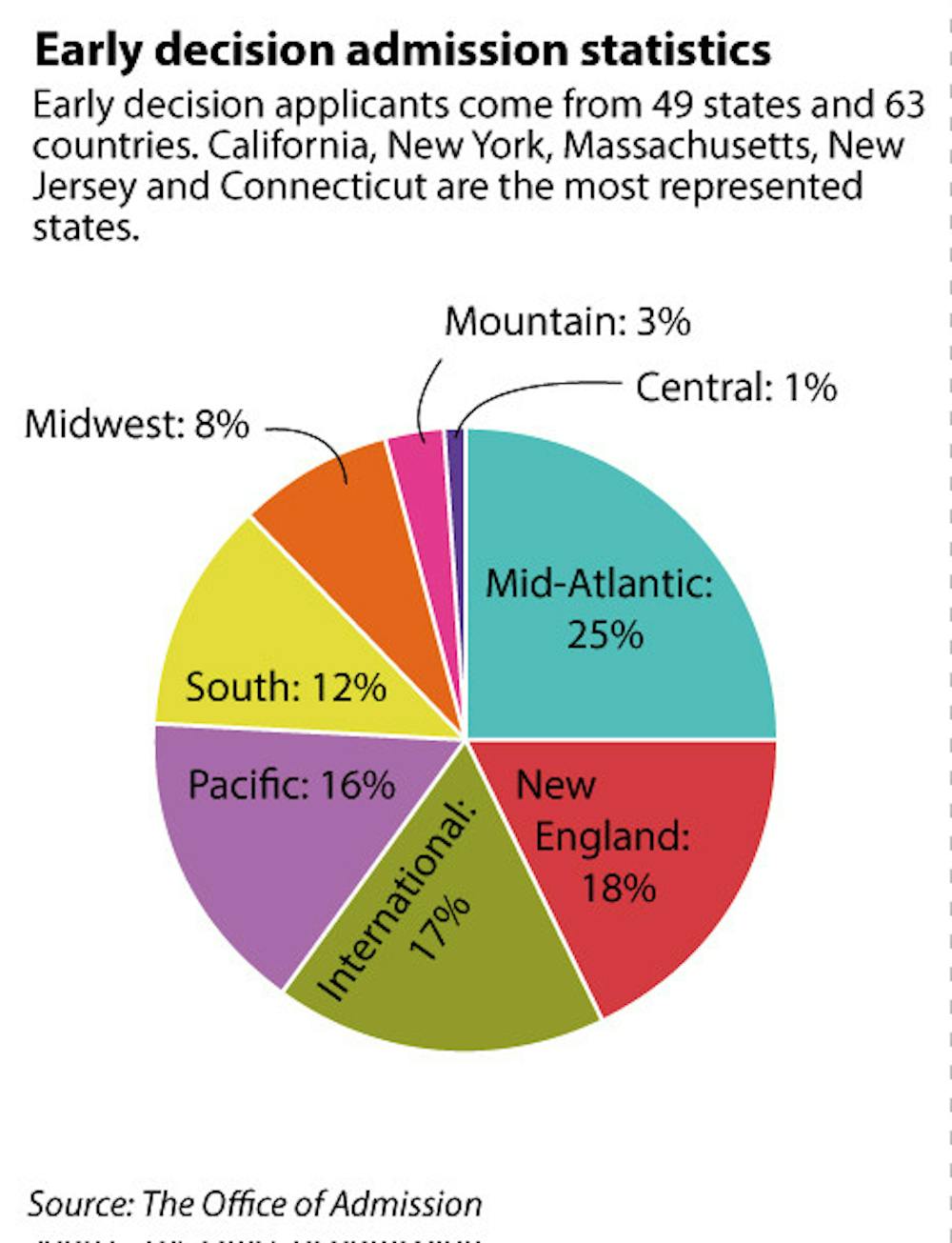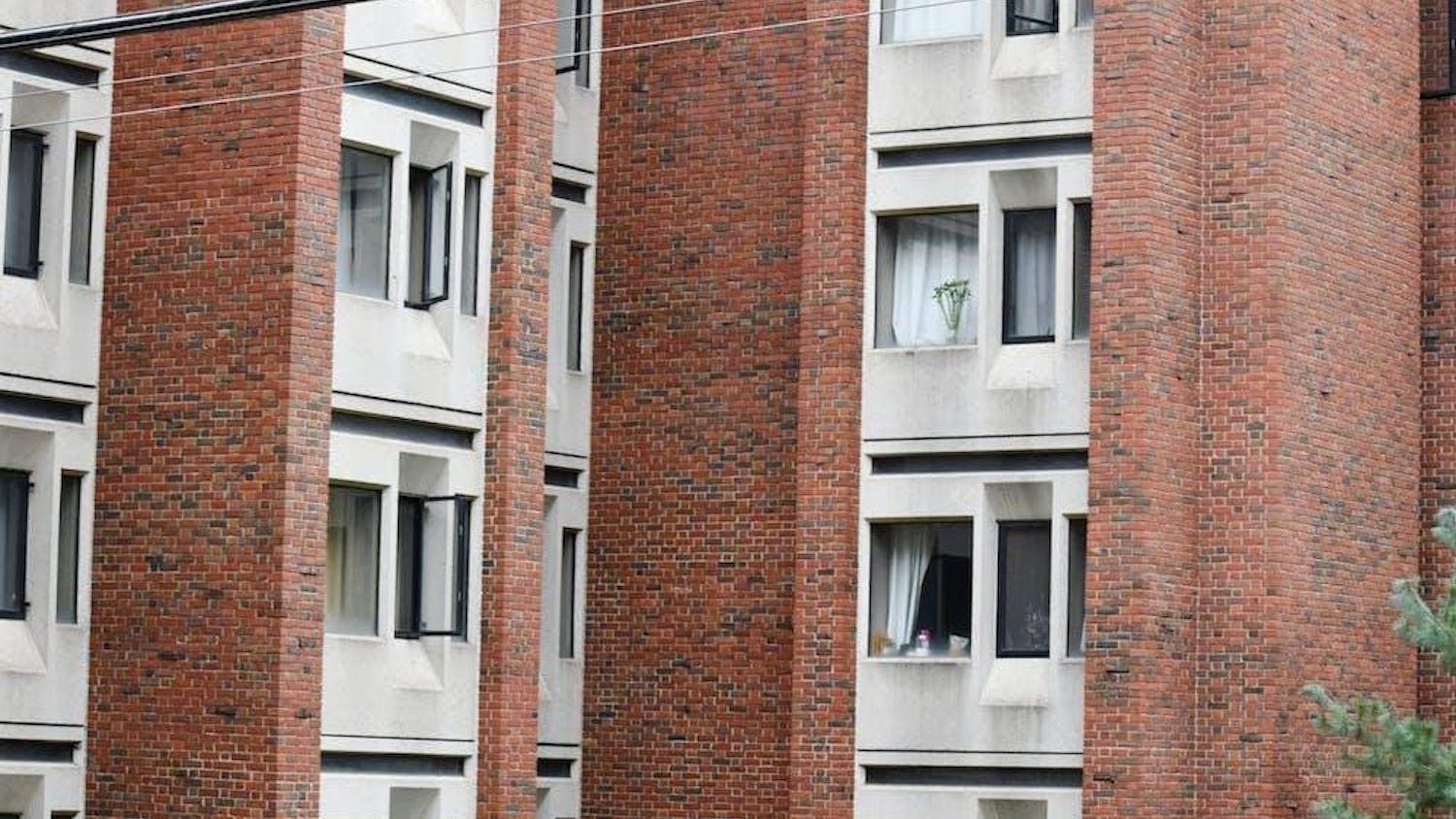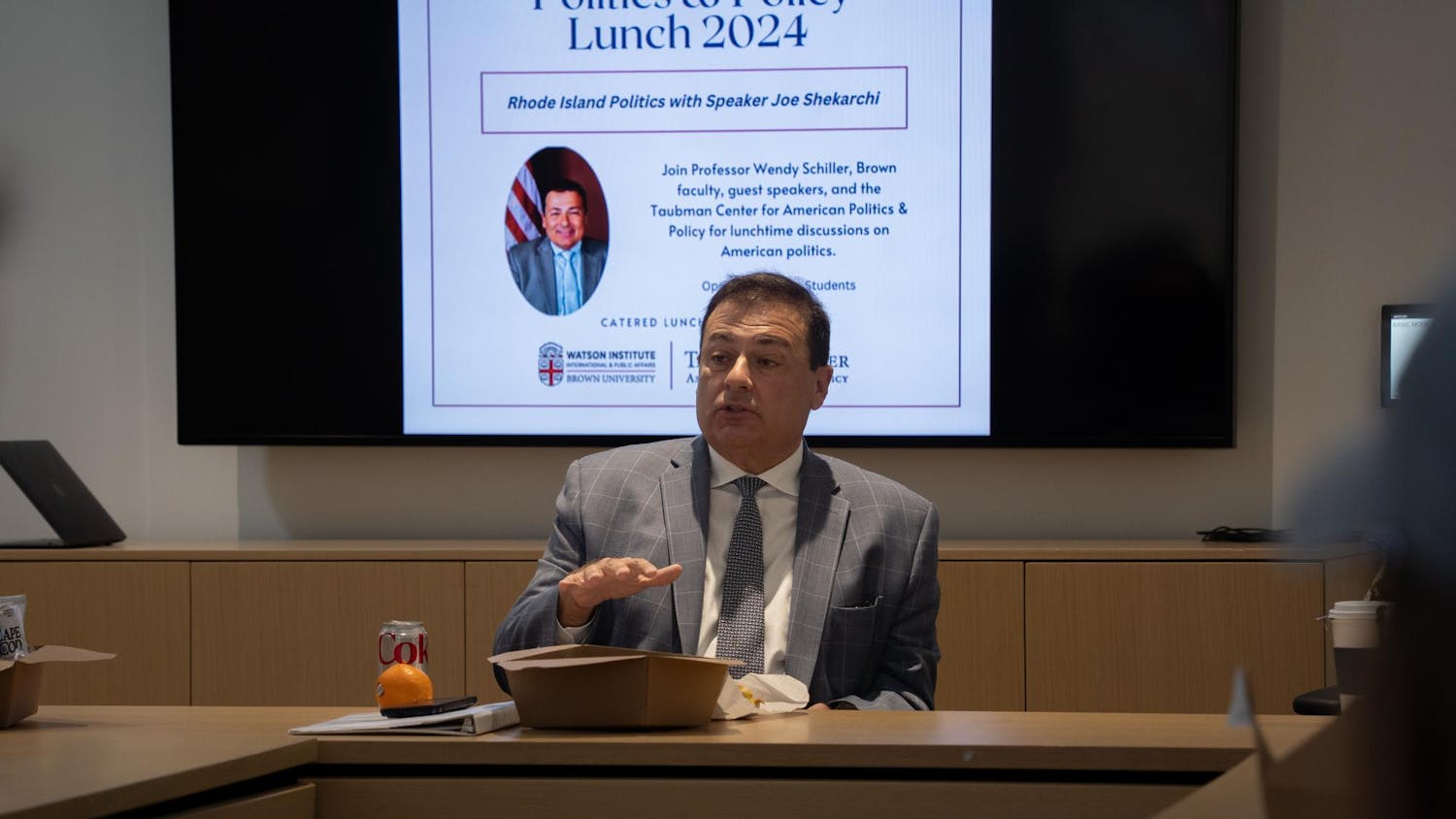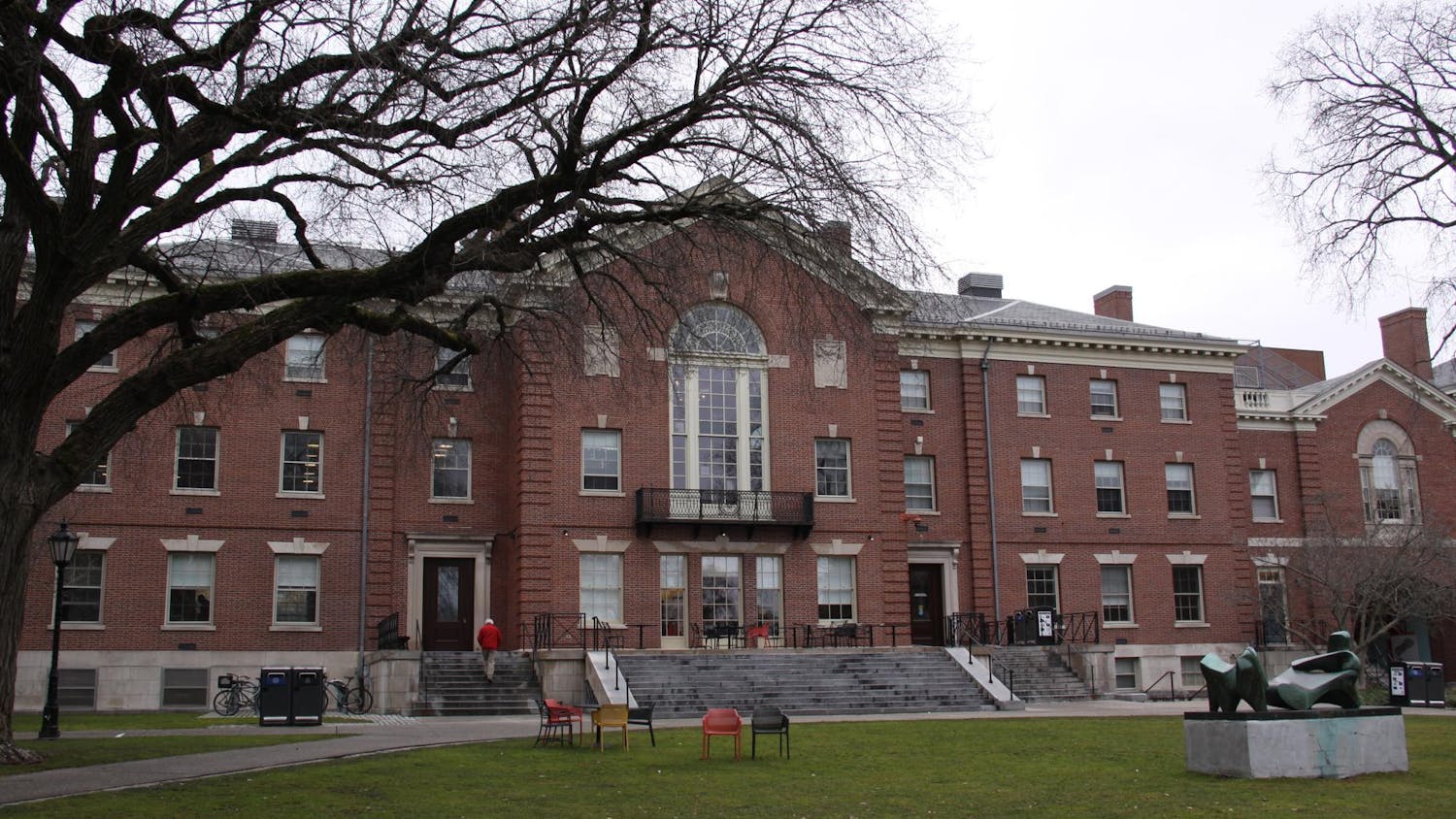The University received 3,016 applications for admission to the class of 2019 under its binding early decision program, a 2 percent dip from last year’s record high, said Dean of Admission Jim Miller ’73. Though smaller than last year’s pool of 3,088 early decision applicants, the number of students vying for early admittance this year is the second-largest in University history.
International applicants made up 17 percent of the applicant pool, a 2 percentage point jump from last cycle. Miller attributed the rise in international applicants to “a significant amount of international recruitment” by the Admission Office, but he cautioned against drawing sweeping conclusions based on the relatively small size of the early decision applicant pool.
“I long ago stopped using early decision to predict regular decision,” he said.
Minority students accounted for 33 percent of the early applicant pool, equivalent to last year’s percentage, Miller said.
Early applications for the Program in Liberal Medical Education were up slightly to 410, from 406 in last year’s early decision cycle, Miller said.
Early applications for the Brown | RISD Dual Degree Program dropped to 59, down 23 percent from 77 applications last year. But Miller said dual-degree applicants still make up roughly 2 percent of the applicant pool. The number of early decision applicants to the dual-degree program has fluctuated in the past.
A quarter of applicants indicated plans to concentrate in the life sciences, followed by 22 percent each for fields in the physical sciences and social sciences, while 15 percent plan to concentrate in the humanities. The remaining 16 percent indicated that they were undecided. The most popular intended concentrations were biology, engineering, international relations and business, entrepreneurship and organizations, Miller said.
Applicants hail from 49 states and 63 countries, Miller said. Applicants from the Mid-Atlantic comprise 25 percent of the pool, while those from New England comprise 18 percent and those from the Pacific region comprise 16 percent. Applicants from the South, Midwest, Mountain states and Central states make up 12, 8, 3 and 1 percent of the pool, respectively. California, New York, Massachusetts, New Jersey and Connecticut were the most represented states, in that order.
In recent admission cycles, California has consistently been the most-represented state.
The University saw the most international applicants from China, Canada, South Korea, Singapore and India, in that order.
Some applicants said they were attracted to Brown because of the open curriculum.
“Brown really allows people to forge their own path,” said Kelsey Powers, a high school senior at Boca Raton Community High School in Boca Raton, Florida, who applied early decision.
Powers said Brown would prepare her for her dream job designing theme park rides as the curriculum allows students to combine the arts and sciences. Powers plans to double-concentrate in engineering and theatre arts and performance studies.
Nicolette D’Angelo, a senior at West Milford High School in West Milford, New Jersey, said she applied through the early decision process because the open curriculum was what “most liberal arts (curricula) are trying to embody.” D’Angelo, who plans to concentrate in psychology or international relations, added that she wanted to improve her chances of being admitted by applying through the early decision cycle.
Though last year’s early decision acceptance rate of 19 percent was more than double the regular decision acceptance rate of 8.6 percent, Miller attributed this difference largely to recruited athletes who overwhelming apply during the early decision process.
“If we pull (recruited athletes) out, the admit rates for early and regular decision are very similar,” he said.
The Admission Office will notify applicants of their admission decision in mid-December, Miller said. The acceptance rate will be “driven by the quality of the pool, which tends to be really strong,” he said.

ADVERTISEMENT




